- Submissions

Full Text
Research & Investigations in Sports Medicine
Effectiveness of Low-Level Laser Therapy in the Management of Unilateral Rotator Cuff Tendinitis of Shoulder Joint
Monisha R1* and Muthukumar TS2
1 Srm Institute of Science and Technology, India
2 Sri Ramakrishna College of Physiotherapy, India
*Corresponding author: Monisha R, Assistant Professor, India.
Submission: August 11, 2018;;Published: November 01, 2018

ISSN 2577-1914 Volume4 Issue2
Abstract
Background: Estimates of the annual incidence of shoulder pain in clinical practice vary from 6.6 to 25 cases per1000 patient. Rotator cuff tendinitis is one of the main causes of shoulder pain. There is little evidence to support or refute the efficacy of common interventions for shoulder impingement syndrome. On the other hand, in some cases the choice is not clear, and patient’s expectations and preferences may affect the outcome
Objective: The purpose of the study is to determine the effectiveness of low-level laser therapy in combination with shoulder exercises on reducing pain, improving range of motion and functional activities in patients with rotator cuff tendinitis of the shoulder joint.
Methods: A total of 20 patients were included in the study with 10 patients each in experimental and control group. Subjects in experimental group were treated using laser with a wavelength of 850nm, power output of 100mV, continuous wave. Applied with a dosage of 4joule/cm2 at maximum 5‐6 painful points for 1 minute at each point over sub acromial region of the shoulder joint. Control group received conventional physiotherapy
Results: Pain severity, range of motion and functional status of all patients were evaluated before and after the treatment. Independent ‘t’ test was used to compare the effectiveness of treatment between two groups. Based on the statistical analysis, VAS score and range of motion showed significant improvement in experimental group than control group.
Conclusion: This study proved that low-level laser therapy (LLLT) combined with shoulder exercises shows a statistically significant reduction of pain, improvement in the range of motion and functional activities of shoulder joint compared to the group that did not receive low-level laser therapy (LLLT) treatment.
Introduction
Shoulder pain is a common complaint in primary care. Estimates of the annual incidence in general practice vary from 6.6 to 25 cases per1000 patient [1-11]. Rotator cuff tendinitis is one of the main causes of shoulder pain8. There is little evidence to support or refute the efficacy of common interventions for shoulder impingement syndrome [9,10]. On the other hand, in some cases the choice is not clear cut, and patient’s expectations and preferences may affect the outcome. Non-steroidal anti-inflammatory drugs (NSAIDs), local steroid injections and physical therapeutic agents such as exercise, cold application, heating devices, ultrasound and laser alone or in combination can relieve the symptoms [3-12].
Low power laser (cold lasers) are a group of non-heat producing lasers with common characteristics with infrared waves with wavelength of 600 to 1000 nanometers and power of 5 to 500mw. The theory is based on the fact that these lasers can deeply penetrate the tissues and at the power of 3 to 8 Joule per centimeter square produce bio stimulative effects on tissues and also take part in cell repair and vascular system stimulation. Thus, these lasers are applied in wound repair, pain relief, tendon injuries, reduction of inflammation and acupuncturist treatment [13-15].
Baxter et al, suggested that physiological mechanism of laser in pain relief and tissue healing is related to increased serotonin and serum glucocorticoids, inhibition of prostacyclin and enhancing fibroblast activity as well as increment of pain perception threshold and endogenous opioids. Several studies have reported positive effects of laser use to reduce pain, improve range of motion and functional activities in shoulder impingement syndrome [16-21]. On the other hand, some of the studies have failed to demonstrate any additive effects of laser over placebo in pain reduction or improving shoulder function [19,20]. Therefore, in respect to diversity in the result, controversy about the scientific evidence for the beneficial effects of laser therapy and accumulation of referred patients to physiotherapy department with shoulder pain, the new study was conducted in our department.
Methodology
Pain management techniques
Sample design
Experimental study design was employed to find out the pre and post intervention measurements.
Sample size
In total of 20 patients were included into the study with 10 patients each in the Group A-Experimental group and Group B-Control group.
Selection Criterias
Inclusion criterias
A. Patient willing to participate.
B. Patient with age group of 25-45 years.
C. Patient with positive Drop Arm Test [4].
D. Hawkins- Kennedy impingement test.
E. Neer impingement test.
F. Supraspinatus test.
G. Both sexes were taken for the study.
H. Shoulder with Rotator cuff tendinitis for a duration of at least two months.
Exclusion criteria
A. Pregnancy
B. Carcinoma
C. Thyroid
D. Hemorrhage
E. Immune Suppressant Drugs
F. Subjects with preexisting contractures and deformities
G. Bilateral shoulder involvement.
H. Cervical spondylosis with brachial neuralgia
I. Cervical rib
J. Recurrent dislocation of shoulder
K. Bilateral shoulder pain
L. Previous fracture of upper end of humerus and scapula
Assessment parameters
I. Visual Analogue scale (VAS) sis used to measure the severity of pain [16].
II. Goniometer: Used to measure range of motion.
III. Functional shoulder disability questionnaire.
Study Protocol
Group A: (Experimental group)
Intervention: Subjects were treated using laser with a wavelength of 850nm, power output of 100mV, continuous wave. The laser was applied with a dosage of 4joule/cm2 (totally 10‐15 joule) at maximum 5‐6 painful points for 1 minute at each point over sub acromial region of the shoulder joint. In both group subjects received the home exercise program and were advised to use the affected shoulder in daily activities (Figure 1).
p>Figure 1: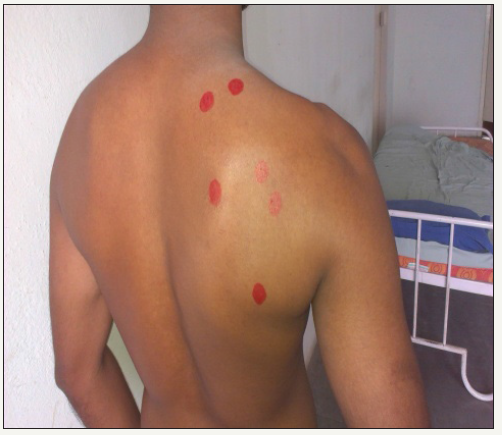
Dosage: 4 J/ Cm2
Duration: 1 minute (5-6 each painful points)
Mode: Continuous
Wavelength- 850nm
Power: 100mw
Application of laser
Patient positioning
All the patients receiving the laser were positioned in sitting with their neck flexed to 40 degree, shoulders abducted slightly and kept over the pillow in the relaxed manner. Both shoulders should remain in the same level; there should be no elevation or depression. Forearm midpronated and wrist in flexion supported on the pillow. Patients and physiotherapist were asked to use protective eyeglasses during therapy for safety.
Treatment Procedure
The treatment area is cleaned and examined thoroughly for any local contraindication. Continuous irradiation with a low power laser with the wavelength adjusted to 850nm and the output to 100mW was applied using the contact method [7] (Figure 2).
Figure 2:Room temperature was maintained at 25 degree Celsius.
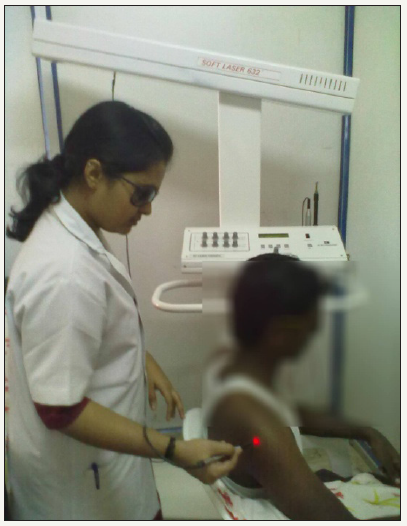
Group A will receive laser applications for 1 minute over 5 to 6 painful points. The applications will be performed in spot form with direct contact between the laser probe and the skin. However, only the patients in the effective radiation group with receive an energy dose of 4 J per point. The application points will be performed at the tender points identified prior to each session [20,21].
Group B: (Control group)
Conventional physiotherapy: The following treatment methods were given to the control group patients with rotator cuff tendinitis. Also, patients were given an exercise program which included stretching, range of motion and progressive resistive exercises [17-19]. Each exercise was performed once a day with 10‐15 repetitions.
Rotator cuff stretches
Wall stretch: Wall stretches are exercising that help make injured shoulder joint more flexible.
Wall push-up: Wall push-ups are exercises that stretch the muscles and joint capsule of shoulder joint.
Arm across chest stretch: Begin this exercise standing with back and neck straight. Gently take arm across body using another arm to take it a little further. Hold at a mild to moderate stretch pain free for 15 seconds and repeat 4 times on each arm.
Subscapularis & pectoral stretch: Begin standing with forearm against a wall and elbow bent to 90 degrees as demonstrated. Gently turn body away from the wall until there is a feel of mild to moderate stretch across chest and front of shoulder without pain. Hold for 15 seconds and repeat 4 times on each arm provided the exercise is pain free.
Basic rotator cuff exercises
To begin with, the following basic rotator cuff strengthening exercises should be performed approximately 3 times daily. As strength improves, the exercises can be progressed by gradually increasing the repetitions, frequency or duration of the exercises provided they do not cause or increase pain.
Static rotator cuff pushes out: Begin this exercise standing with back and neck straight. Keeping elbow at side and bent to 90 degrees, push hand out against the other hands resistance as hard as possible provided it is pain free. Hold for 5 seconds and repeat 10 times.
Static rotator cuff push in: Begin this exercise standing with back and neck straight. Keeping the elbow at side and bent to 90 degrees, push hand in against the other hands resistance as hard as possible provided it is pain free. Hold for 5 seconds and repeat 10 times. Perform on each side.
Shoulder blade squeezes: Begin this exercise standing or sitting with back straight. Chin should be tucked in slightly and shoulders should be back slightly. Slowly squeeze your shoulder blades together as hard and far as possible provided it does not cause or increase symptoms. Hold for 5 seconds and repeat 10 times.
Pendular exercises: Begin leaning forwards with uninjured forearm supported on a table or bench. Keeping back straight and shoulder relaxed, gently swing injured arm forwards and backwards as far as possible without pain and provided the patients feel either nothing, or, no more than a mild to moderate stretch. Repeat 10 times provided the exercise does not cause or increase symptoms.
Pendular circles: Begin leaning forwards with uninjured forearm supported on a table or bench. Keeping back straight and shoulder relaxed, gently swing arm in circles clockwise as far as can go without pain and provided feel either nothing, or, no more than a mild to moderate stretch. Repeat the exercise swinging counter clockwise. Repeat 10 times in each direction provided the exercise does not cause or increase symptoms
Shoulder blade shrug: Begin this exercise standing with back and neck straight. Arm should be at side, slightly away from body with palm facing forwards as demonstrated. Slowly elevate shoulder blade towards ear as far as possible provided it is pain free. Hold for 5 seconds and repeat 10 times on each side.
Shoulder blades forwards against wall: Begin this exercise standing with back and neck straight and hands against the wall as shown. Shoulder blades should be squeezed together fully in this position, elbows straight and should be leaning into the wall slightly. Keeping back straight, slowly bring shoulder blades forward allowing arms to lengthen. Hold for 5 seconds and then slowly return to the starting position. Repeat 10 times provided the exercise is pain free.
Intermediate rotator cuff exercises
The following intermediate rotator cuff strengthening exercises should generally be performed 1 - 3 times per week provided they do not cause or increase pain. Ideally, they should not be performed on consecutive days, to allow muscle recovery. As strength improves, the exercises can be progressed by gradually increasing the repetitions, number of sets or resistance of the exercises provided they do not cause or increase pain.
Resistance band external rotation: Begin this exercise standing with back straight, shoulder blades back slightly and holding a resistance band as demonstrated. Keeping elbow at side and bent to 90 degrees, slowly move the hand away from body keeping the shoulder blade still. Perform 3 sets of 10 repetitions as far as possible provided the exercise is pain free. Perform on each side.
A. Starting position
B. Ending position
Resistance band internal rotation: Begin this exercise standing with the back straight, shoulder blades back slightly and holding a resistance band as demonstrated. Keeping the elbow at side and bent to 90 degrees, slowly move the hand towards body keeping the shoulder blade still. Perform 3 sets of 10 repetitions as far as possible provided it is pain free on each side.
Resistance band pull backs: Begin this exercise in standing or kneeling with back straight and holding a resistance band as demonstrated. Slowly pull the arms backwards, squeezing shoulder blades together as demonstrated. Hold for 2 seconds and return to the starting position. Perform 3 sets of 10 repetitions provided the exercise is pain free.
Advanced rotator cuff exercise
Side lying external rotation: Lie on side with arm resting on stomach and a small rolled up towel under the arm. Slowly rotate arm upwards and stop when forearm is in a position just above horizontal. This exercise can be initiated using a 2-3-pound dumbbell
Prone horizontal abduction: Lie on stomach with arm hanging over side of table and the thumb facing forward. Slowly raise arm straight out to the side and stop when arm is parallel to the body.
Prone elevation in the plane of the scapula: Begin in the same position as in the exercise above, except rotate hand so the thumb is rotated 45° out to the side. Slowly raise arm in a plane 45° forward and stop arm just below parallel to the body
Standing elevation in the plane of the scapula: Stand with dumbbells in your hands, with hands rotated 45° out to the side. Slowly raise arms at 45° angle approximately ¾ of way above head. “It must be stressed that all exercises performed with dumbbells must be performed with light weights (2-3 pounds), and later on progress to heavy weight” (Figure 3-9); (Table 1-7).
Figure 3:Visual analog scale group A and group B.
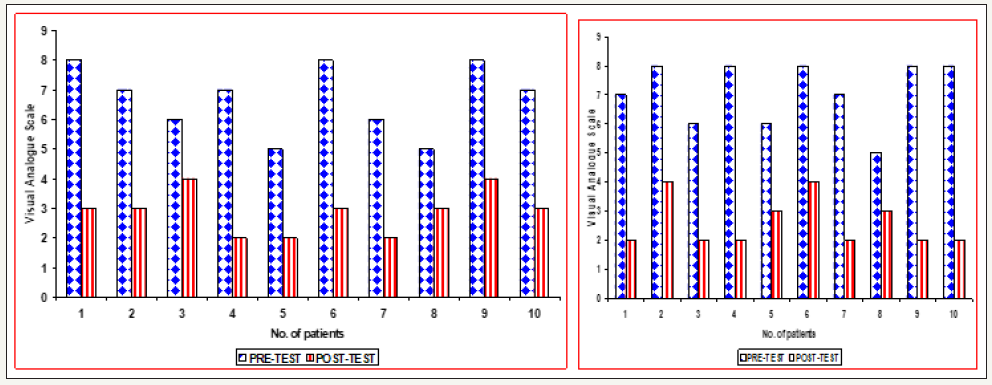
Figure 4:Shoulder flexion group A & group B (Rom).

Figure 5:Shoulder extension group A & group B (Rom).
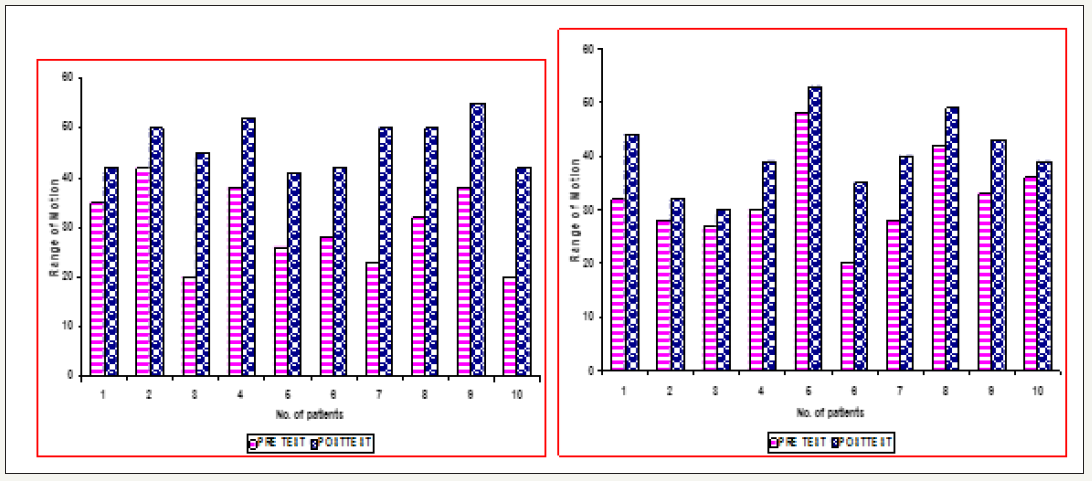
Figure 6:Shoulder abduction group A & Group B (Rom).

Figure 7:Shoulder internal rotation group A & group B (Rom).

Figure 8:Shoulder external rotation group A & group B (Rom).
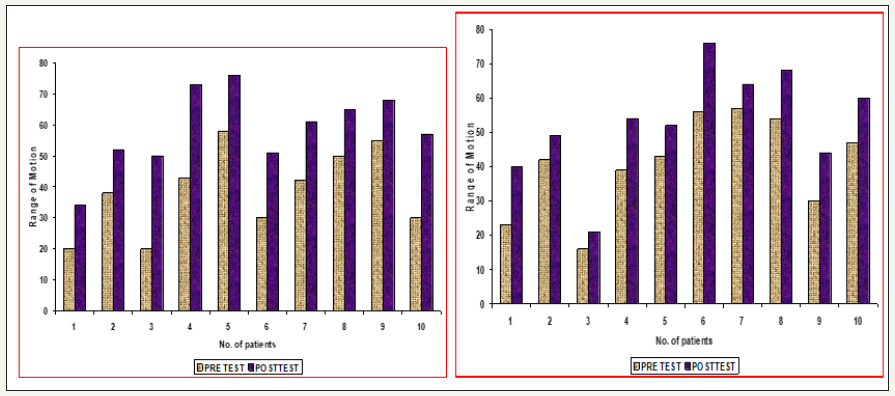
Figure 9:Shoulder disability questionnaire (SDQ).

Table 1:Visual analog scale.
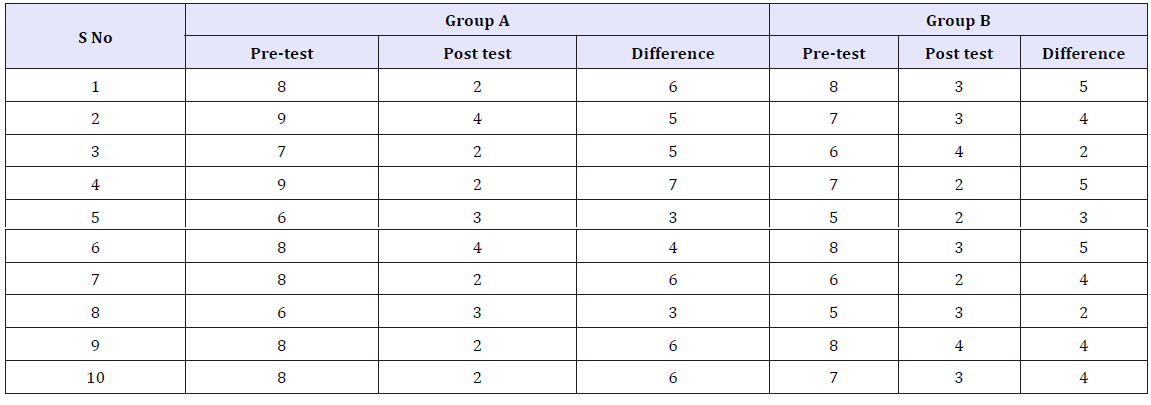
Mean=5.1; Mean=3.8; SD=1.258; t = 2.310
Table 2:Range of motion of shoulder joint: pre and post-test values of shoulder flexion.

Mean=50.6: Mean=26.7; SD=21.250; t=2.515
Table 3:Pre and post-test values of shoulder extension.

Mean=16.7; Mean=8; SD=5.548; t=3.506
Table 4:Pre and post-test values of shoulder abduction:

Mean=43.6; Mean=23.2; SD=15.832; t=2.881
Table 5:Pre and post-test values of shoulder internal rotation.

Mean=20.7; Mean=11.3; SD=6.945; t=3.026
Table 6:Pre and post-test values of shoulder external rotation.

Mean=20.1; Mean=12.1; SD=5.849; t=3.058
Table 7:Shoulder disability questionnaire (SDQ).
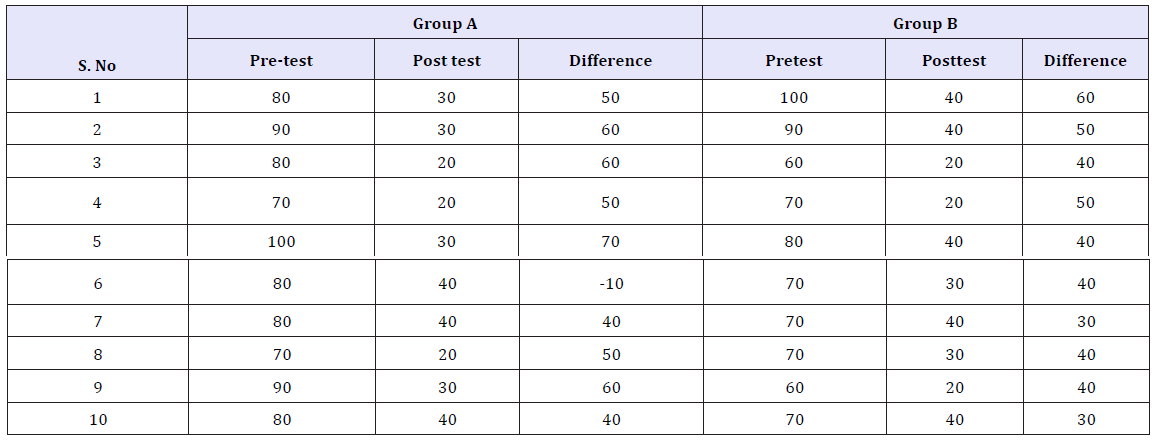
Mean=52; Mean=42; SD=9.775; t=2.287
Data Analysis
Independent ‘t’ test
Independent ‘t’ test was used to compare the effectiveness of treatment between two groups

Discussion
Based on the statistical analysis, VAS score showed mean improvement of 5.1 in group A than the mean value obtained in group B is 3.8 with a combined standard deviation of 1.258. The range of motion in group A showed the mean improvement of 50.6, 16.7, 43.6, 20.7, 20.1 than the mean value of group B 20.7, 8, 23.2, 11.3, 12.1 of flexion, extension, abduction, internal rotation, external rotation respectively with a combined standard deviation of 21.2 50,5.548,15.832,6.945,5.849. Shoulder disability questionnaire showed the mean improvement of 52 in group A than the mean value obtained in group B is 42 with a combined standard deviation of 9.775.
The independent t test was used to evaluate whether pain, range of motion and functional activities of shoulder joint improved significantly before and after treatment with low level laser therapy and shoulder exercise. The independent t value for pain is 2.310 which is greater than the table value of 2.262. The independent t value for shoulder flexion range of motion is 2.515, extension range of motion is 3.506, and abduction range of motion is 2.881,
A. Internal rotation range of motion is 3.026, external rotation
B. Range of motion is 3.058 which is greater than the table value of 2.262.
C. The independent t value for the shoulder disability questinaire is 2.287
Which is greater than the table value 2.262. Hence the outcome is considered to be significant favoring the reduction in pain, improvement in range of motion and functional activities of the shoulder joint.
Conclusion
This study proved that low-level laser therapy (LLLT) combined with shoulder exercises shows a statistically significant reduction of pain, improvement in the range of motion and functional activities of shoulder joint compared to the group that did not receive lowlevel laser therapy (LLLT) treatment.
References
- Van der Windt DA, Koes BW, de Jong BA, Bouter LM (1995) Shoulder disorders in general practice: incidence, patient characteristics, and management. Ann Rheum Dis 54(12): 959-964.
- Morison DS, Greenbaum BS, Einhorn A (2000) Shoulder impingement. Orthop Clin North Am 31(2): 285-293.
- Abdulla SY, Southerst D, Cote P, Shearer HM, Sutton D, et al (2015) Is exercise effective for the management of subacromial impingement syndrome and other soft tissue injuries of the shoulder? A systematic review by the Ontario protocol for traffic injury management (OPTIMa) collaboration. Man Ther 20(5): 646-56.
- Boettcher CA, Ginn KA, Cathers I (2009) The ‘empty can’ and ‘full can’ tests do not selectively activate supraspinatus. Journal Science and Medicine in Sport 12(4): 435-439.
- Chang EY, Moses DA, Babb JS, Schweitzer ME (2006) Shoulder impingement: objective 3D shape analysis of acromial morphologic features. Radiology 239(2): 497-505.
- Hallgren HC, Holmgren T, Oberg B, Johansson K, Adolfsson LE (2014) A specific exercise strategy reduced the need for surgery in subacromial pain patients. Br J Sports Med 48(19):1431-1436.
- Siebert W, Seichert N, Siebert B, Wirth CJ (1987) What is efficacy of ’soft’ and ’mid’ lasers in therapy of tendinopathies? Arch Orthop Trauma Surg 106(6): 358-363.
- Dinnes J, Loveman E, McIntyre L, Waugh N (2003) The effectiveness of diagnostic tests for assessment of shoulder pain due to soft tissue disorders: a systematic review. Health Technol Assess 7(29): 1-166.
- Sizer P, Phelps V, Gilbert K (2003) Diagnosis and management of the painful shoulder, Part 1: clinical anatomy and pathomechanics. Pain Practice 3(1): 39-57.
- Green S, Buchbinder R, Glazier R, Forbes A (1999) Interventions for shoulder pain. Cochrane Database Syst Rev (2): CD001156.
- Linsell L, Dawson J, Zondervan K, Rose P, Randall T, et al. (2006) Prevalence and incidence of adults consulting for shoulder conditions in UK primary care: patterns of diagnosis and referral. Rheumatology 45(2): 215-221.
- Desmeules F, Cote CH, Fremont P (2003) Therapeutic exercise and orthopaedic manual therapy for impingement syndrome: a systematic review. Clin J Sports Med 13(3):176-182.
- Enwemeka CS, Parker JC, Dowdy DS, Harkness EE, Sanford LE (2004) The efficacy of low-power lasers in tissue repair and pain control: a meta-analysis study. Photomed Laser Surg 22(4): 323-329.
- Bingol U, Altan L, Yurtkuran M (2005) Low-power laser treatment for shoulder pain. Photomed Laser Surg 23(5): 459-464.
- Vecchio P, Cave M, King V (1993) A double-blind study of the effectiveness of low-level laser treatment of rotator cuff tendinitis. Br J Rheumatol 32(8): 740-742.
- Carlsson AM (1983) Assessment of chronic pain. I. Aspects of the reliability and validity of the visual analog scale. Pain 16(1): 87-101.
- Hanratty CE, McVeigh JG, Kerr DP, Basford JR, Finch MB, et al. (2012) The effectiveness of physiotherapy exercises in subacromial impingement syndrome: A systematic review and metaanalysis. Seminars in arthritis and rheumatism 42(3): 297-316.
- Hegedus EJ, Goode AP, Cook CE, Michener L, Myer CA, et al. (2014) Which physical examination tests provide clinicians with the most value when examining the shoulder? Update of a systematic review with metaanalysis of individual tests. Br J Sports Med 46(14): 964-978.
- Hegedus EJ, Lewis JS (2015) Shoulder Assessment. In: Jull G, Moore A, Falla D, Lewis JS, McCarthy C, Sterling M (Eds.). Grieve’s modern musculoskeletal physiotherapy (4th edn). Elsevier, London, UK.
- Yeldan I, Cetin E, Ozdincler AR (2009) The effectiveness of low‐level laser therapy on shoulder function in subacromial impingement syndrome. Disabil Rehabil 31(11): 935-940.
- Thorsen H, Gam AN, Svensson BH, Jess M, Jensen MK, et al. (1992) Lowlevel laser therapy for myofascial pain in the neck and shoulder girdle. A double‐blind, cross‐over study. Scand J Rheumatol 21(3): 139-141.
© 2018 Monisha R . This is an open access article distributed under the terms of the Creative Commons Attribution License , which permits unrestricted use, distribution, and build upon your work non-commercially.
 a Creative Commons Attribution 4.0 International License. Based on a work at www.crimsonpublishers.com.
Best viewed in
a Creative Commons Attribution 4.0 International License. Based on a work at www.crimsonpublishers.com.
Best viewed in 







.jpg)






























 Editorial Board Registrations
Editorial Board Registrations Submit your Article
Submit your Article Refer a Friend
Refer a Friend Advertise With Us
Advertise With Us
.jpg)






.jpg)













.bmp)
.jpg)
.png)
.jpg)














.png)

.png)



.png)






